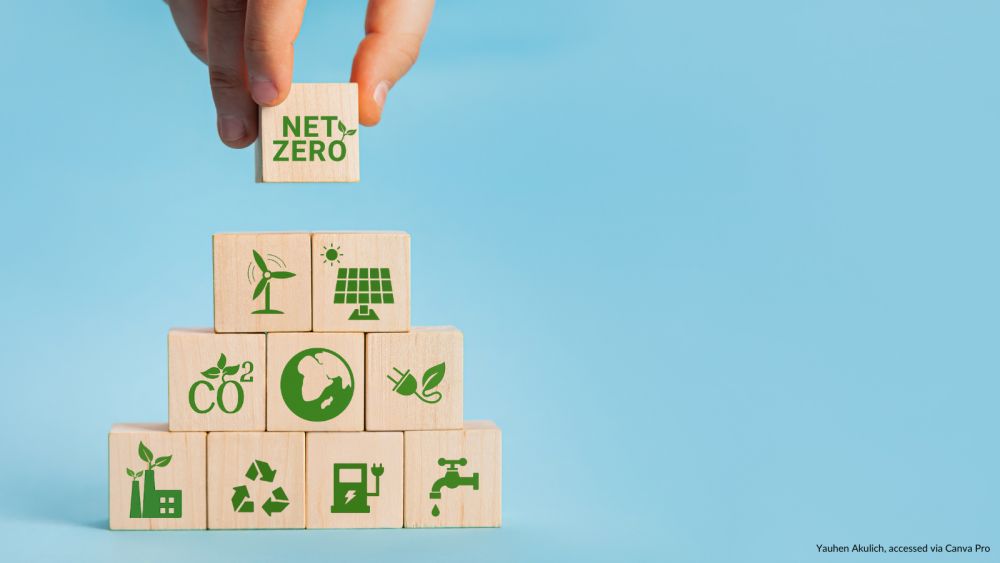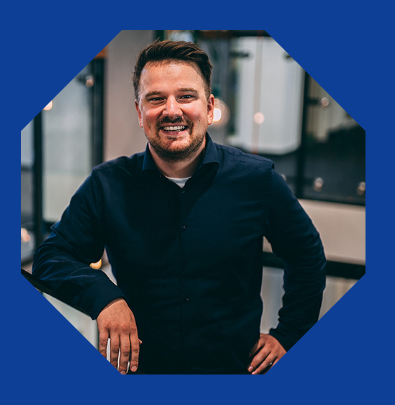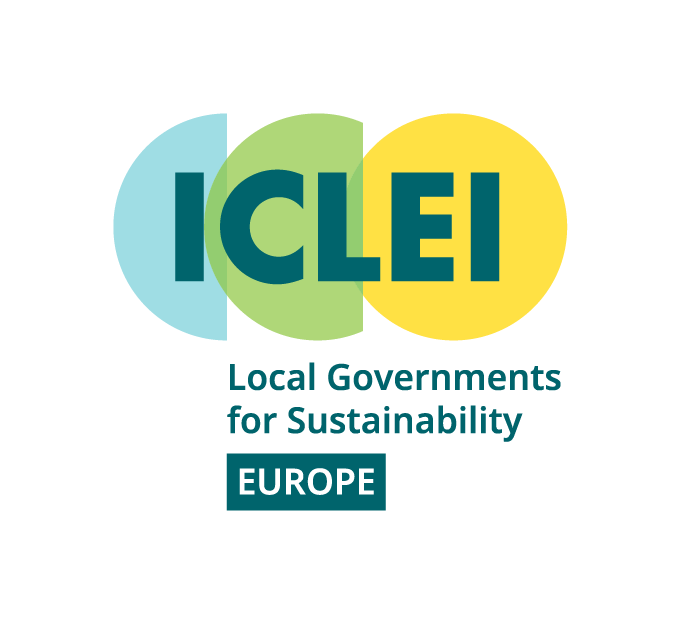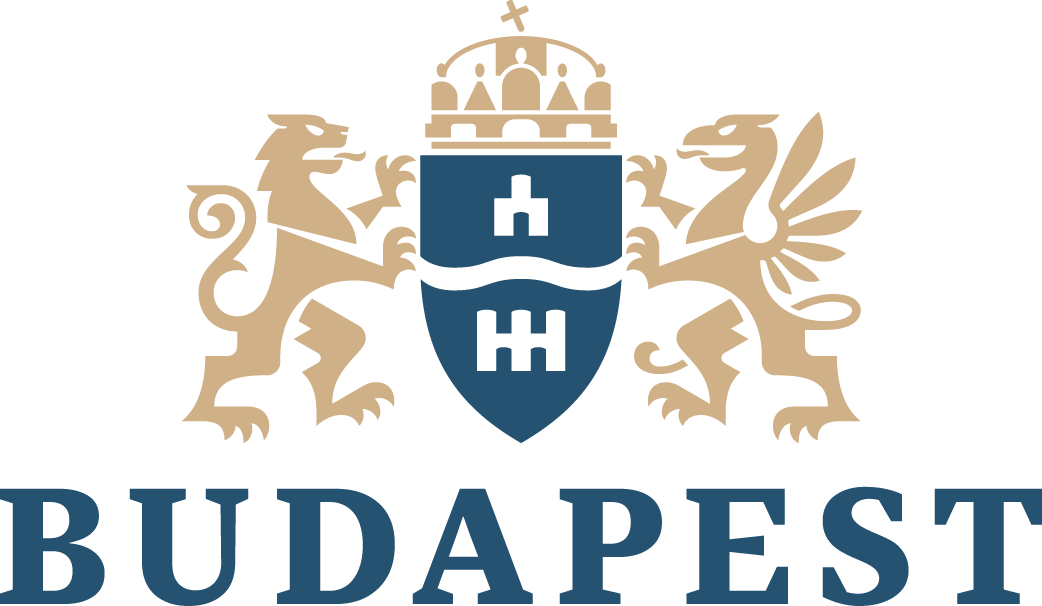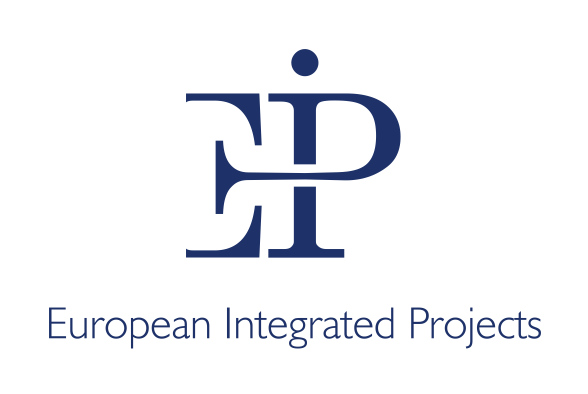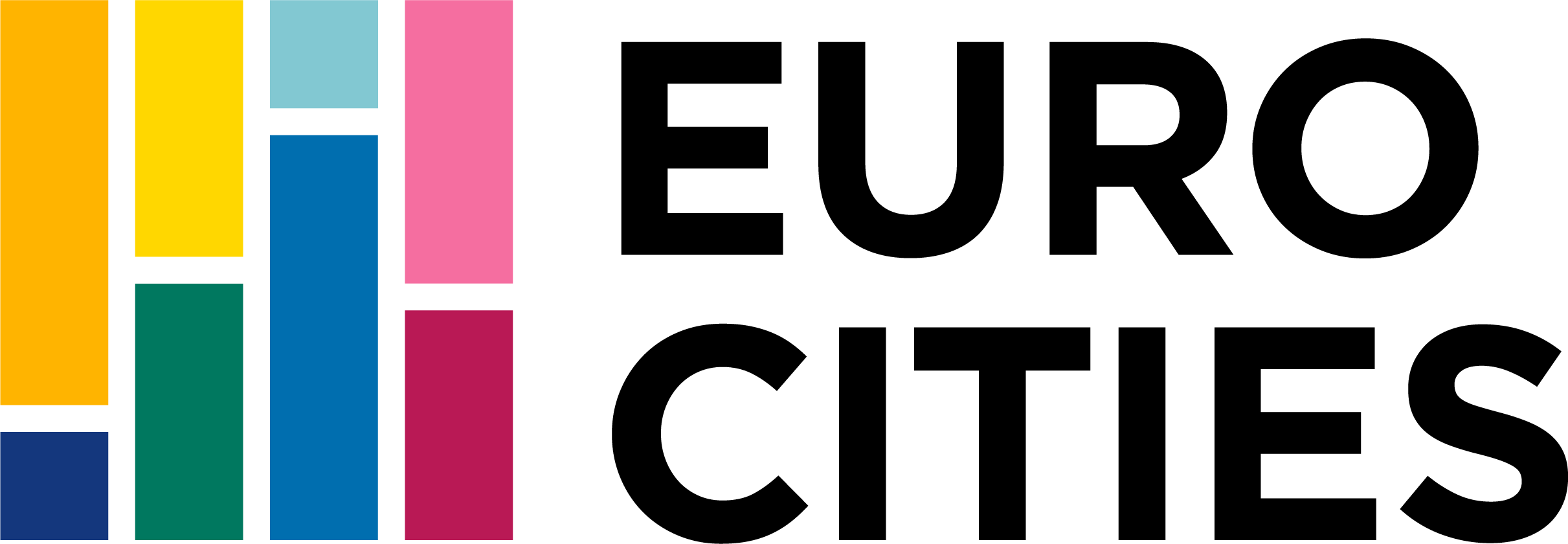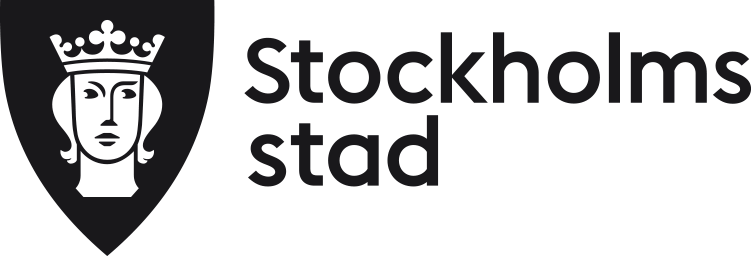
News
Killing Fossil Fuel Demand: 10 IEA recommendations to ‘FastTrack’ the transition
17 June 2022
Opinion piece by Patrick Peura, ESG Engagement Manager at Allianz Investment Management SE, FastTrack Advisory Board Member; with editing and contributions by Adrienne Kotler, Communications & Member Relations at ICLEI Europe
The IEA and Fossil Fuel Scenarios
Human dependence on fossil fuels must come to an end. This is not a matter of opinion. Just like any finite resource that is not replenished or recycled, fossil fuels will run out. Since the end of fossil fuel use is inevitable, the question becomes: how quickly will the phase-out occur? Our collective answer to this question will have ramifications for every living being on the planet. Do we transition now, as fast as possible, in an orderly and controlled way, or do we delay and face the prospects of a disruptive transition?
The good news is that a controlled transition is within reach. The International Energy Agency, which was formed after the oil shocks in the 1970s to forecast and inform energy policy, demonstrates that limiting global temperature rise to no more than 1.5°C is still possible – and they have outlined a path to do so. What they make clear: mitigating global warming requires that policy making at all levels of government helps kill demand for fossil fuels. This has ramifications for energy security and price stability.
Although recent price shocks are not the first (and, unfortunately, likely not the last), these shocks have been induced by one of the worst possible mechanisms: the wilful waging of war and suffering. As if ploughing billions of tons of CO2 and other pollutants into our atmosphere wasn’t enough reason to stop burning ancient organic hydrocarbons – we now have the terrifying reminder that not doing so also comes with other inhumane implications.
The Importance of Transport to end Europe’s Dependence on Russian Oil
Transport is the second-largest source of emissions in Europe, behind energy production, with the majority coming from personal vehicles. What may seem crazy is that up to almost 90% of the energy from gasoline in a car is not even used to propel the car forward. Instead, it is lost to heat and friction. Further, of the ~10% that moves the wheels, the majority is to propel the vehicle itself… not the people or items inside it. This means that we are using millions of years of stored sunlight captured in the form of oil and wasting most of it by only a fraction actually doing what we want it to do: move ourselves and our things. Thinking about it like this makes one think: there must be a better way!
In the context of the Russian invasion of Ukraine, the world’s attention has moved to seriously examining countries’ reliance on oil and gas from Russia. The IEA responded by releasing their most recent report, this time focused on a short-term, immediate “10-point Plan to Cut Oil Use” and end Europe’s dependence on Russian oil. Remarkably, every one of the 10 points relate to transport, and actions that can be taken at a local level.
Why is this so remarkable? For me, it’s because it is a hopeful message that highlights the opportunity we all have to drive change. The gloomy projections of climate change can be overwhelming. However, this IEA report clearly outlines simple, immediate steps we can take as individuals, and in our community, to have massive implications for the world – decreasing the rate of emissions at the same time.
FastTrack: Addressing These Points at a Municipal Level
The IEA 10-point plan outlines ways to do exactly that: get around with less fossil fuel consumption. The even better news: the EU-funded FastTrack project already started working with cities to implement these ideas even before the invasion of Ukraine gave us just one more reason to accelerate sustainability transitions.
The work of FastTrack is crucial, because knowing what needs to be done vs. implementing the changes are two very different things. FastTrack’s focus is on helping local authorities to speed-up their implementation of innovative solutions in the mobility and transport sectors. Solution implementation requires a plethora of educating, demonstrating, and persuading to shift societal norms, processes, regulations and policy frameworks.
Some of the IEA’s 10 recommendations, like reducing speed limits, are relatively easy policy changes. These simply require courageous politicians (at least in the countries where driving ‘excessively’ fast seems to be an implied right of citizenship). However, some of the other recommendations need sustained and early planning, piloting and social reorganisation. So, although the behaviour changes listed by IEA are the ends, the means is a multitude of actions across multiple societal and political levels.
FastTrack local areas are working hard to implement actions that lead to more sustainable cities – that also align with the IEA’s ten recommendations, which are to:
- Reduce speed limits on highways
- Work from home three days per week
- Implement car-free Sundays in city centres
- Increase public transport, encourage walking/cycling and micro mobility
- Increase use of alternates to private cars
- Increase car-sharing
- Ensure efficient use of freight and heavy transport
- Use overnight trains to replace shorthall flights
- Reduce business travel where alternatives exist
- Accelerate the adoption of electric and more efficient vehicles
By the end of this year, each of the 24 FastTrack local areas (made up of four Ambassador Cities, and 20 Local Affiliates) will have drafted comprehensive “Innovation Deployment Plans” that map out which innovations are best suited to meet their local needs, and a step-by-step strategy for their swift and lasting implementation.
The innovative solutions they are poised to deploy can be sorted into FastTrack’s four clusters: Sustainable & Clean Urban Logistics; Cycling in the Urban & Functional Urban Area; Integrated Multi-modal Mobility Solutions; and Traffic & Demand Management. The link between these clusters and the IEA recommendations are very apparent. The following are just a small selection of the innovative solutions that FastTrack is helping local areas roll-out:
- The clean urban logistics cluster is working on how to roll-out charging infrastructure for heavy vehicles (IEA recommendations 7 and 10);
- Local areas in the cycling cluster are launching bike and e-bike sharing systems, and linking cycling infrastructure networks seamlessly with public transportation (IEA recommendation 4);
- Those looking at multi-modal solutions are developing multi-modal digital platforms, integrated municipal micromobility points, and neighbourhood mobility hubs to make car-alternatives easy (IEA recommendation 5); and
- Those focused on traffic management are designing a big data platform that integrates different traffic data sources, and a traffic light system that better prioritises trams and buses (IEA recommendation 5).
Going Forward, What Does this Mean?
Will FastTrack solve all our transportation problems and our reliance on fossil fuels that inefficiently propel ourselves around our cities? Of course not. But neither will any other stakeholder alone. As the most recent Intergovernmental Panel on Climate Change report makes abundantly clear, all of society’s stakeholders must act to make the societal transition happen rapidly. This includes: big finance, where I spend my day job engaging the world’s largest-emitting companies; policy makers, who set the rules of the game that incentivise action (or inaction); citizens whose daily decisions (and votes – perhaps even more-so) matter; and the NGOs, non-profits, and blended organisations that are working on making cities more liveable, and our energy and transport systems more efficient and lower carbon.
The views presented above are Patrick’s personally, and do not necessarily reflect the views of his employer, FastTrack partner organisations, or the European Commission.
Image (Accessed via Canva Pro) by "Yauhen Akulich"
All news
Partners

This website is produced as part of the CIVITAS FastTrack Coordination and Support Action funded by the European Union Horizon 2020 research and innovation programme under grant agreement No 101006853. The sole responsibility for the content of this website lies with the FastTrack project and in no way reflects the views of the European Union.
